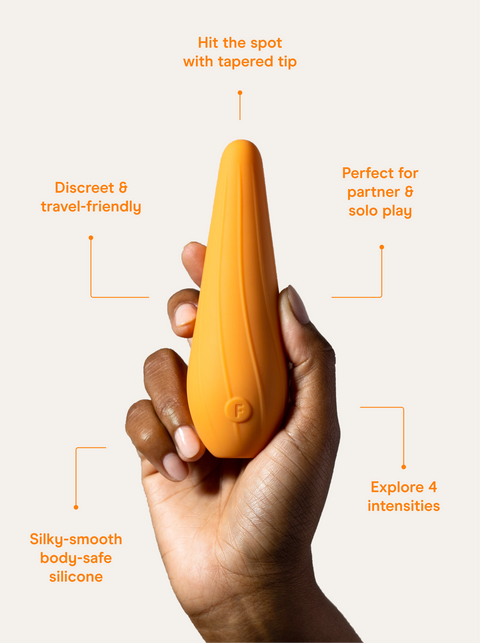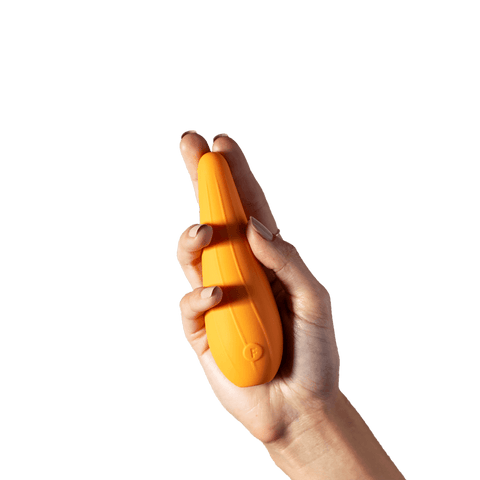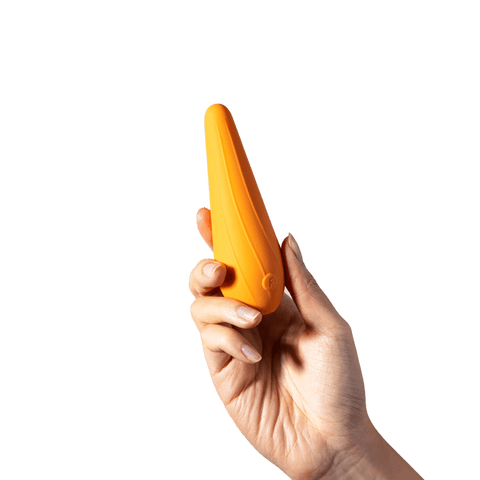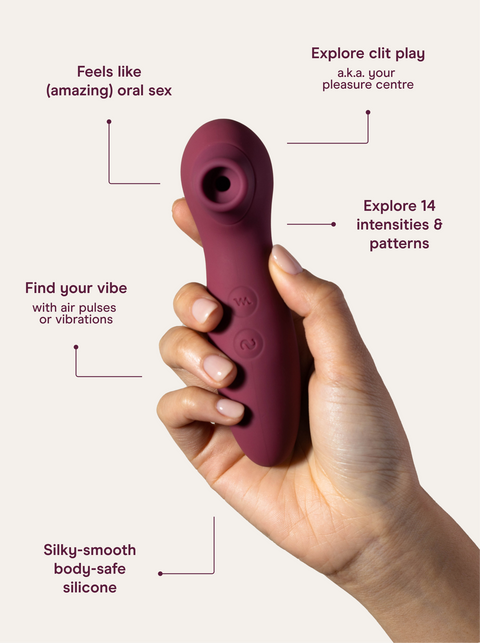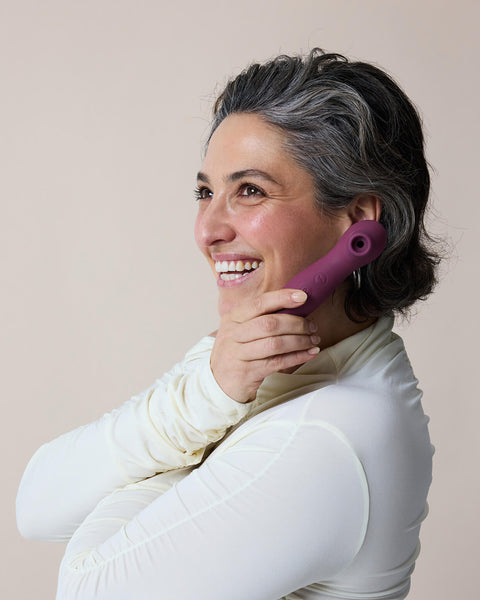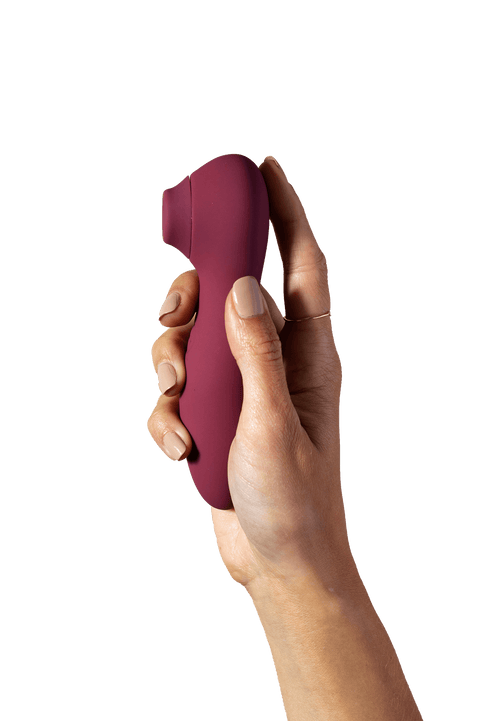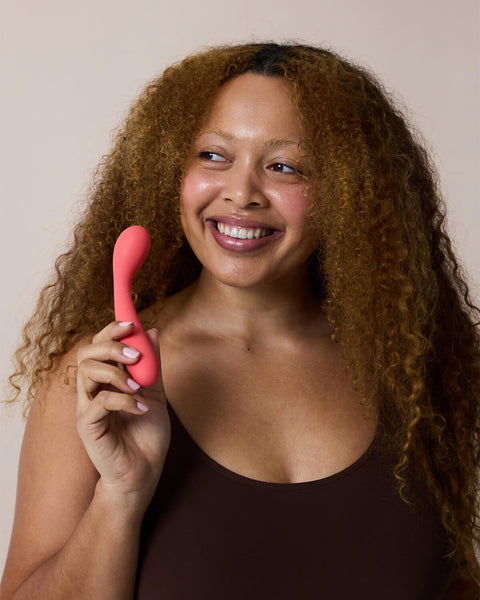Most of us have probably looked over at our partner every now and then and wished we could be more in sync. How can we communicate better? How can we trust more? And how can we figure out whose turn it is to do the dishes or replace the toilet roll (again)?
There’s no ‘one size fits all’ method to becoming closer and more communicative with your partner, but one author reckons they’ve figured out a pretty good approach. Gary Chapman, a US pastor, first wrote about love languages back in 1992. His theory—essentially, that everyone has preferred ‘love languages’ or ways to communicate in relationships—became a mainstay of pop psychology that some people believe still holds weight even now.
So, ‘love languages’—are they an insightful way to approach your relationship, or are they about as trustworthy as one of those dodgy compatibility quizzes in the back of a magazine? We reckon they might be more useful than you’d expect.
***
Chapman’s theory is founded on a solid concept: that everyone communicates differently, and that sometimes our preferred ways of communication aren’t always understood by others. In relationships, this can create confusion and misinterpretation, and can even make some people feel less valued by their partners than they actually are.
To help people avoid these misunderstandings with the ones they love, Chapman detailed five love languages and proposed that everyone has one or two that they prefer to use.
The love languages are:
Chapman suggested that by paying attention to our partner and observing their behaviour, we might be able to get an idea of their preferred love language and cater to it. As an example, if our partner seems to be not-so-thrilled about all the presents we’re giving them and keeps asking when we can finally go away for the weekend, it might be that we’re not speaking their love language—they might be a quality time person, while we’re a gifts person.
By paying attention to the love language they’re speaking, we could switch things up and improve our relationship with them by, in this example, booking in that mini-break with them. Likewise, they might be able to reconsider that gifts and presents are our way of showing affection, and appreciate us a little more knowing that.
Of course, there are definite limitations to the idea of love languages.
If we’re going through conflict with our partner, or if we’re seriously incompatible, understanding your partner’s love language may not do much good if there are larger problems in the relationship. And trying to narrow down all the intricacies of human language into five distinct languages has its drawbacks—communication is full of nuance and subtlety that can’t always be easily placed into broader categories of ‘physical touch’ or ‘gifts’.
But Ashley Fetters, writing in The Atlantic, has a good and sensible take on the matter: love languages are less about trying to tick a ‘yes or no’ box of compatibility, and more about being aware of what your partner needs and trying to find ways to meet those needs. She writes:
“Perhaps what people misunderstand about the love-languages theory is similar to what they often misunderstand about love itself: that considering the needs and wants of the other person first and then adjusting your own behavior—and not expecting it to work the other way around—is what makes the whole thing work,”
And it makes total sense to us! We believe that love languages can have some use in a relationship. By being more aware of how our partners like to show and receive affection, we can put in more effort to meet their needs and wants. And likewise, having a partner who spends time thinking about what we want or need can really benefit a relationship and, ideally, lead to more satisfaction and happiness—something we’re always on board for.






